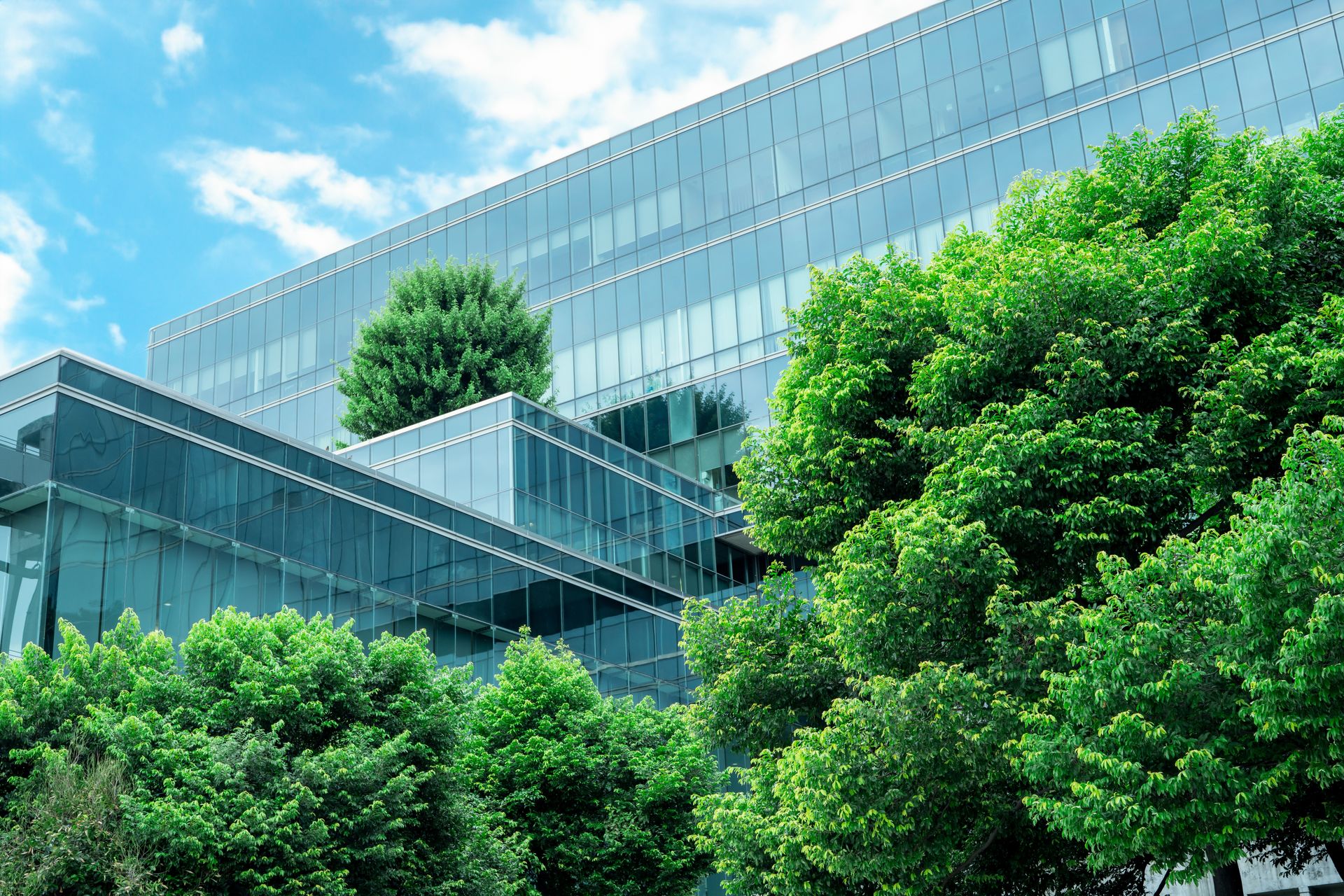
The modern residential area of West London which is Fulham is characterized by modern structures. That is combined with advanced architectural designs. Sustainability is now considered a major factor in city planning and development. There has perhaps never been a more crucial time to dispose of sustainable architectural practices in Fulham. Sustainable practices for construction are the process of maximizing the utilization of environment-friendly features. Such as in designing and developing structures that are energy-efficient and durable. Fulham homeowners have woken up to the reality of climate change and the importance of living in environmentally friendly homes. Hence embracing sustainable homes. This article is a discussion of sustainable building practices in Fulham. And how its residents can enhance their houses and the world is presented.
Energy-Efficient Design
Energy conservation is one of the most important tenets of constructing a green structure. Energy-efficient houses play a very big role in sustainability. In the context of the case of Fulham, there are ways through which energy-efficient design could be converted. Such as in new constructions, or retrofit designs. This may entail aspects such as the proper use of quality facades or insulations to deny heat during the winter. And keep homes cooler during summer. Adding adequate insulation can significantly cut costs for heating and cooling while also increasing the liveability of homes.
Other requirements to be included in the design are energy-effective windows. Well-insulated windows, or those with twin or triple glazing, will decrease the levels of heat loss. Meaning less energy costs for your home. In addition, high-performance glazing allows optimal control of the amount of light and heat coming into the building. While maximizing the use of natural light.
Sustainable Building Material
The building materials used are recollected from renewable or recycled products or can be availed locally. So that there is the least impact on the environment. In Fulham, most developers and homeowners are going green by incorporating sustainable materials. They are using these materials in construction. And in addition to that they increase the beauty of the building. Such as reused lumber from tearing down structures can be used for floor or structural construction. Thereby cutting down on the demand for new timber. Other alternatives that can be used in construction include recycled concrete also known as crushed concrete. It keeps waste and carbon emissions to a minimum. Also, supplies, like stone or brick, are considered more suitable to be bought locally in Fulham. They are used to decrease the carbon footprint of the delivery process.
Green Roofs and Walls
Green roofs and walls are unique solutions that can be used in such environments as Fulham. They help make the building more attractive and have a certain positive impact on the surrounding environment. One of the major benefits of green roofs, vegetation-covered roofs, is the mitigation of the heat island effect. Because such buildings absorb and dissipate solar heat across the built environment. It also breaks up pollutants from the air, controls the impacts of floods, and offers shelter to wildlife.
However, other than offering environmental advantages, it is also evident that they present the advantage of insulation to the building. Green roofs also insert an additional insulative layer to minimize the amount of conditioned air required during the summer and winter months. This makes them ideal to use by homeowners who want to minimize the consumption of energy in their houses.
Renewable Energy Solutions
With an influx of various environmental conservation efforts being implemented, one of the most sought-after electricity sources in the area is renewable energy. Among all renewable energy systems, solar power is widely used and installed in many homes. Since it enables people to use sunlight to generate electrical energy. Panels can translate into great savings on electricity costs.
There are also other renewable energy solutions, that can be used to heat water for homes, and these are known as Solar thermal systems. These systems operate based on the ability of sunlight to heat water. Thus minimizing the use of perhaps gas or electric-operated water heating systems. In a city like Fulham, where the price tags for energy can be pretty hefty, the installation of solar thermal systems can significantly save costs. While helping to mitigate the environmental footprint of the home.
Water Conservation Techniques
Water conservation is a great domain of sustainable building practice. Such measures in water saving can save greater amounts of water in a highly populated area like Fulham. Where water comfort saving is a reality because of the close nature of homes and buildings. Among the water-saving measures in a house are the installation of low-flow faucets, showerheads, and toilets. These facilities use up to half less water but have enough pressure to serve their purposes.
Rainwater harvesting systems are getting very popular these days among the people of Fulham. Especially concerning the people who have exposed spaces in their property areas. They comprise collecting and storing rainwater for purposes like irrigation or even for flushing toilets.
Conclusions
Such outcomes have started becoming a common practice among the different residents in Fulham. Such as in terms of how traditional houses can be made to fit modern times through eco-friendly designs and constructions. An energy-efficient home reduces heating and cooling costs. Using sustainable materials and renewable energy solutions are just some of the ways an average citizen from Fulham can go green. There are a lot of features that would make a home truly sustainable. Including green roofs, water conservation techniques, and the absorption of renewable energy systems. All these will help quite a lot in reducing the carbon footprints of people. And at the same time, they will improve the long-term value and functionality of the homes.